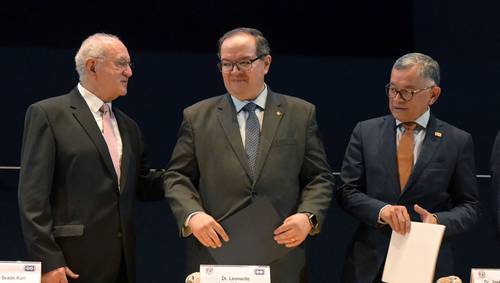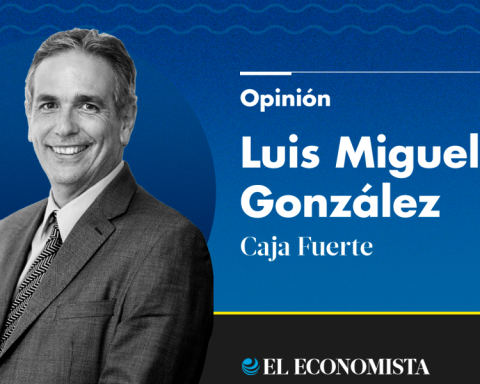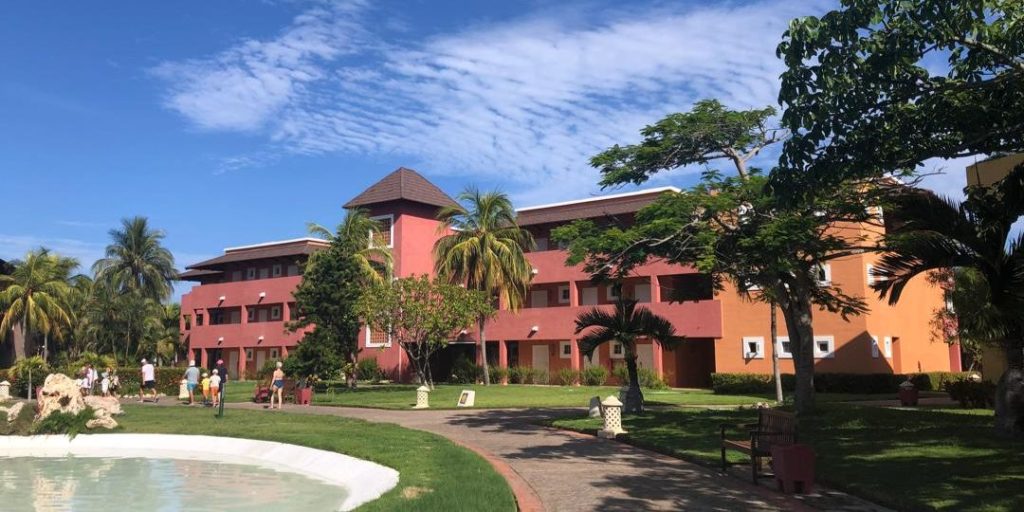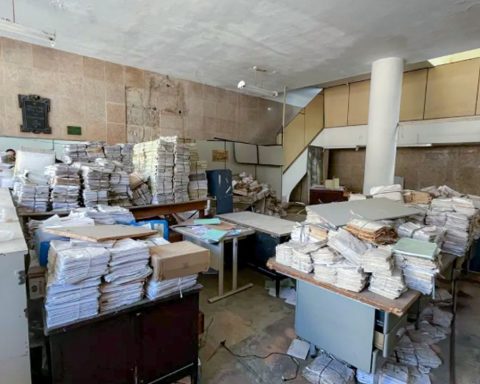▲ UNAM rector Leonardo Lomelí (center) talks with José Seade, president of the Mexican Academy of Sciences, and with José Antonio de los Reyes, general rector of the UAM, at the start of the LXV Academic Year of the AMC.Photo UNAM Global-TV
Victor Ballinas
The newspaper La Jornada
Thursday, August 22, 2024, p. 16
Inaugurating the sixty-fifth Academic Year of the Mexican Academy of Sciences (AMC), UNAM rector Leonardo Lomelí highlighted: for Mexico to compete, innovate and patent, it is essential to increase investment in science, technology and innovation and to promote the cultivation and retention of Mexican talent in higher education institutions, as well as in various specialized centers.
The resources that the country allocates to research and development, he said, contrast with those of leading countries in science and technology. As an example of this, he said, according to the fifth Government Report, in 2021 Mexico invested 0.28 percent of the gross domestic product (GDP) in that area, while the United States allocated 3.46 percent, Germany, 3.13 percent, and Japan, 3.3 percent.
Although significant efforts have been made in this area, There is still a long way to go
. Therefore, he insisted, strengthening financing and international cooperation are strategic to achieve and maintain global standards in these areas.”
The president of the AMC, the Mexican ambassador to the Republic of China, José Seade Kuri, pointed out that our country lacks a robust science, technology and innovation policy with sufficient weight on the national agenda, so its design should be promoted as a result of a dialogue between all the actors in this system.
He said that in order for scientific and technological research to provide solutions to national problems, it is necessary to develop a strategy to expand the national scientific workforce, expand mechanisms for training human resources, create research centers in strategic areas, establish an adequate link with the productive and social sectors, in addition to having stable, progressive, multi-annual and sufficient financing mechanisms.
He welcomed the fact that during the next federal administration there will be a Science Secretariat, which has been a persistent demand of the actors in this system.
Another central aspect of the ecosystem, explained Rector Lomelí, is the number of full-time researchers per million inhabitants. In 2021, the country had just over 384; while in the United States, there were almost 4,450; in Japan, close to 5,640, and in Canada and Spain just over 5,000 and 3,200.
In addition to showing structural differences, he stressed: This disparity reflects the priority given to this important area for a country’s insertion into the global economy.
Likewise, it is necessary to close the gender gap, especially in science, technology, engineering and mathematics (STEM areas), since according to UNESCO, less than 30 percent of those dedicated to research in Latin America and the Caribbean and only one third of the labor market in these areas are women.
In Mexico, she said, only 38 percent of those studying these careers are women.
Lomelí said that in light of the challenges of the 21st century, it is imperative that science focus on interdisciplinary and transdisciplinary solutions that promote a future with better opportunities.















